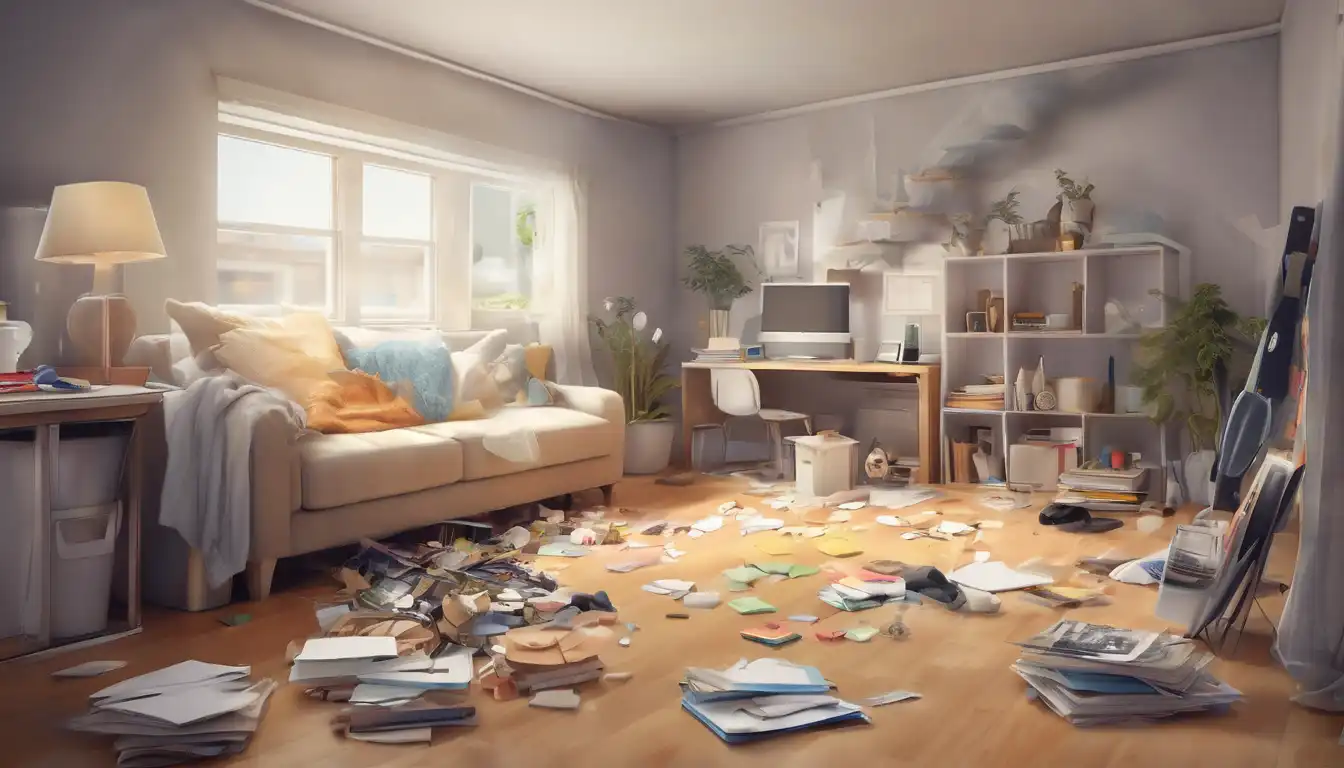Transform Your Space: The Ultimate Guide to Quick Home Decluttering
Are you tired of living in a cluttered environment that drains your energy and productivity? Many people struggle with household clutter but feel overwhelmed by the thought of tackling it. The good news is that decluttering doesn't have to be a monumental task that takes weeks to complete. With the right approach and mindset, you can transform your living space quickly and efficiently.
Why Quick Decluttering Matters
Living in a cluttered environment can significantly impact your mental health and overall well-being. Studies show that clutter increases stress levels, reduces productivity, and can even affect your sleep quality. By implementing rapid decluttering strategies, you'll not only create a more pleasant living space but also experience immediate benefits to your mental clarity and daily efficiency.
Step 1: Set Clear Goals and Time Limits
Before you begin, establish specific, achievable goals for your decluttering session. Instead of aiming to "declutter the whole house," focus on smaller, manageable areas like "clear the kitchen counter" or "organize the bedroom closet." Set a timer for 15-30 minute intervals to maintain focus and prevent burnout. This time-boxed approach creates urgency and helps you stay on track without feeling overwhelmed.
Step 2: Gather Your Decluttering Toolkit
Prepare three essential containers: a "keep" box, a "donate" box, and a "trash" bag. Having these tools ready before you start eliminates decision-making delays and keeps the process flowing smoothly. Consider keeping a fourth container for items that belong in other rooms to prevent unnecessary trips that break your momentum.
Step 3: The Four-Box Method in Action
Work through one small area at a time using the four-box system. For each item, ask yourself these critical questions: Have I used this in the past year? Does this item bring me joy or serve a practical purpose? Could someone else benefit from this more than I do? Be honest and decisive—indecision is the enemy of quick decluttering.
Step 4: Implement the One-In, One-Out Rule
As you declutter, establish a maintenance system to prevent future accumulation. For every new item that enters your home, commit to removing one existing item. This simple rule ensures your space remains clutter-free long-term and encourages more mindful purchasing decisions.
Step 5: Create Designated Homes for Everything
One of the main reasons clutter accumulates is because items lack proper homes. As you declutter, assign specific locations for frequently used items. Use drawer organizers, shelf dividers, and storage containers to maintain organization. Labeling containers can help family members maintain the system.
Step 6: Tackle High-Impact Areas First
Focus on spaces that will give you the biggest visual payoff. Entryways, kitchen counters, and living room surfaces often make the most significant difference in how clean and organized your home feels. These high-traffic areas set the tone for your entire living environment.
Step 7: Digital Decluttering Parallels
While focusing on physical spaces, don't forget that digital clutter can be just as overwhelming. Apply similar principles to your email inbox, computer files, and phone apps. Regular digital maintenance complements your physical decluttering efforts and creates overall life organization.
Step 8: Establish Daily Maintenance Habits
Quick decluttering becomes sustainable when supported by daily habits. Implement a "5-minute tidy" routine each evening where you return items to their designated homes. This prevents small messes from accumulating into overwhelming clutter.
Common Decluttering Mistakes to Avoid
Many people sabotage their decluttering efforts by making these common errors: keeping items "just in case," starting without a plan, trying to do too much at once, and not involving family members. Awareness of these pitfalls will help you stay focused and effective.
Maintaining Your Decluttered Space
The real challenge isn't just decluttering—it's maintaining your newly organized space. Schedule regular 15-minute maintenance sessions to address problem areas before they become overwhelming. Consider seasonal deep-cleaning sessions to reassess your possessions and organization systems.
When to Seek Professional Help
If you're dealing with extreme clutter or emotional attachments that prevent progress, don't hesitate to seek professional organizing services. Sometimes an objective perspective can provide the breakthrough needed for lasting change.
The Psychological Benefits of Decluttering
Beyond the physical space improvements, decluttering offers profound psychological benefits. Many people report reduced anxiety, improved focus, better sleep, and increased creativity after decluttering their environments. The process of letting go of physical items often parallels emotional release and personal growth.
Getting Family Members on Board
Decluttering becomes more challenging when household members aren't equally committed. Have open conversations about the benefits and establish shared goals. Create systems that work for everyone's habits and preferences to ensure long-term success.
Conclusion: Your Journey to a Clutter-Free Life
Quick home decluttering is achievable with the right strategies and mindset. Remember that perfection isn't the goal—progress is. Each small decluttering session brings you closer to the peaceful, organized home environment you deserve. Start with one small area today, and experience the immediate satisfaction of creating order from chaos.
Ready to continue your organization journey? Explore our guide on creating sustainable home organization systems or learn about the benefits of minimalist living for long-term clutter prevention.
